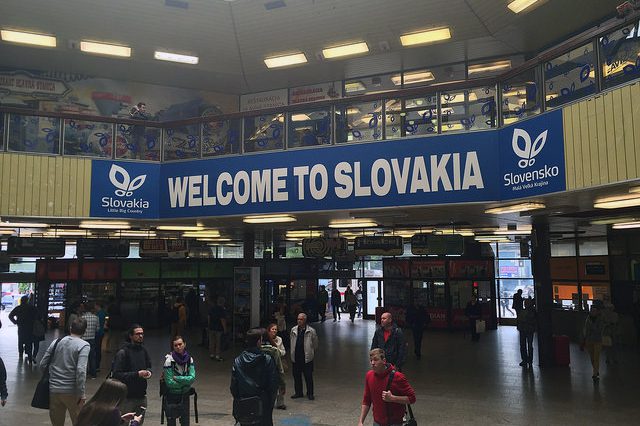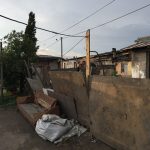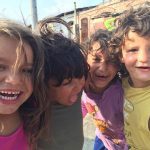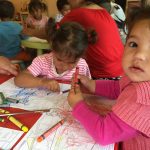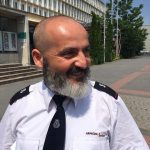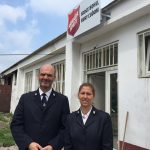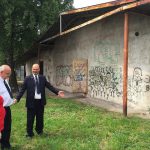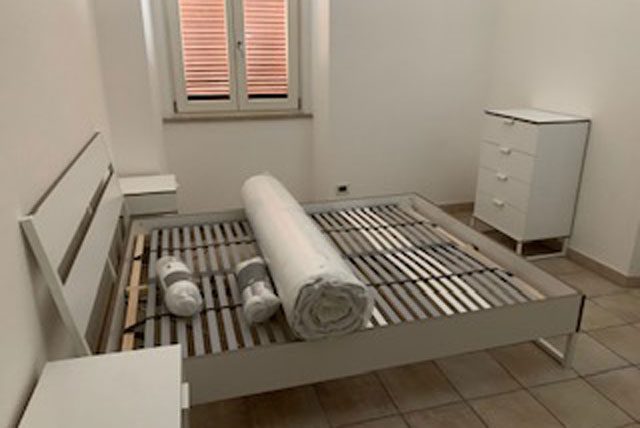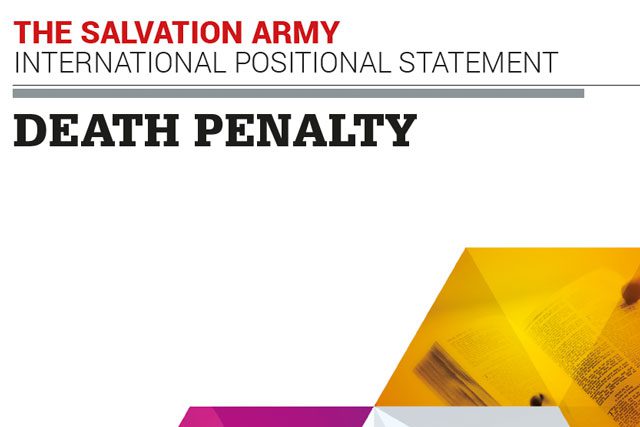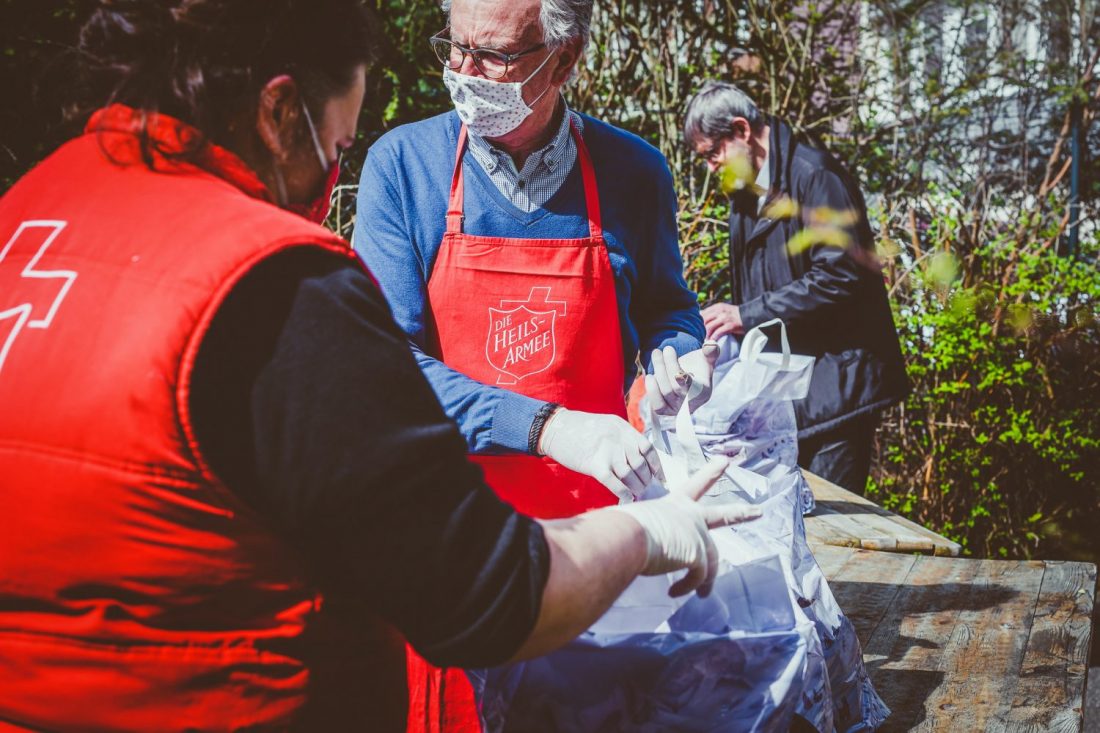New documentary recognizes first anniversary of The Salvation Army in Slovakia.
Slovakia became the 127th country to have a recognized Salvation Army presence Sept. 1, 2015, and now a year later, the Army is recognizing this first anniversary in film.
It offers a look inside the growing ministry in Slovakia. In the capital, for example, Bratislava Corps has a program to reach those experiencing homelessness, providing food, clothing, education and help with accessing essential services such as healthcare and housing. Many of the clients attend and take an active role in Sunday worship.
The Salvation Army also provides practical, emotional and spiritual support in several Roma communities (sometimes known as gypsies or travelers) within an hour’s drive of Bratislava.
The Roma people are often shunned and discriminated against by other Slovakians. Roma settlements tend to consist of substandard—often self-built—housing, which lacks power and water. There are high levels of poverty, unemployment, crime and ill-health.
Overseen by Captains Josef and Stana Knoflíček, much of the day-to-day work in this community is led by Salvation Army cadets who are themselves Roma. They have built bridges in three distinct communities and are already providing essential services to meet deep-rooted needs. Presently, much of the work is geared toward helping children and young people through play activities and after-school groups.
It was this ministry that particularly struck Commissioner Birgitte Brekke-Clifton, International Secretary for Europe, when she visited the country with Commissioners Hans and Marja van Vliet, territorial leaders of The Netherlands, Czech Republic and Slovakia Territory.
“When they had a little gathering with the children, they prayed for us—many of the children prayed for us,” Brekke-Clifton said. “It reminded me again that it is not ‘them and us’ but we are together in this. We are brothers and sisters in Christ.”
The film, produced by Gary Rose, Multimedia Resources Assistant at International Headquarters, illustrates the stark conditions that many Roma live in and shows how the Army is trying to address the needs. In Pezinok, the viewer is introduced to František, a Roma Christian wheelchair user who shares of the discrimination he’s encountered, and his hope that his children might be spared a similar experience. A section in Plavecký Štvrtok shows what life is like at a Salvation Army church in a community divided by a concrete barrier. And in Galanta, a Roma grandmother shares her favorite Bible verse as she gives thanks to God for answering her prayer for safe, secure accommodation.









